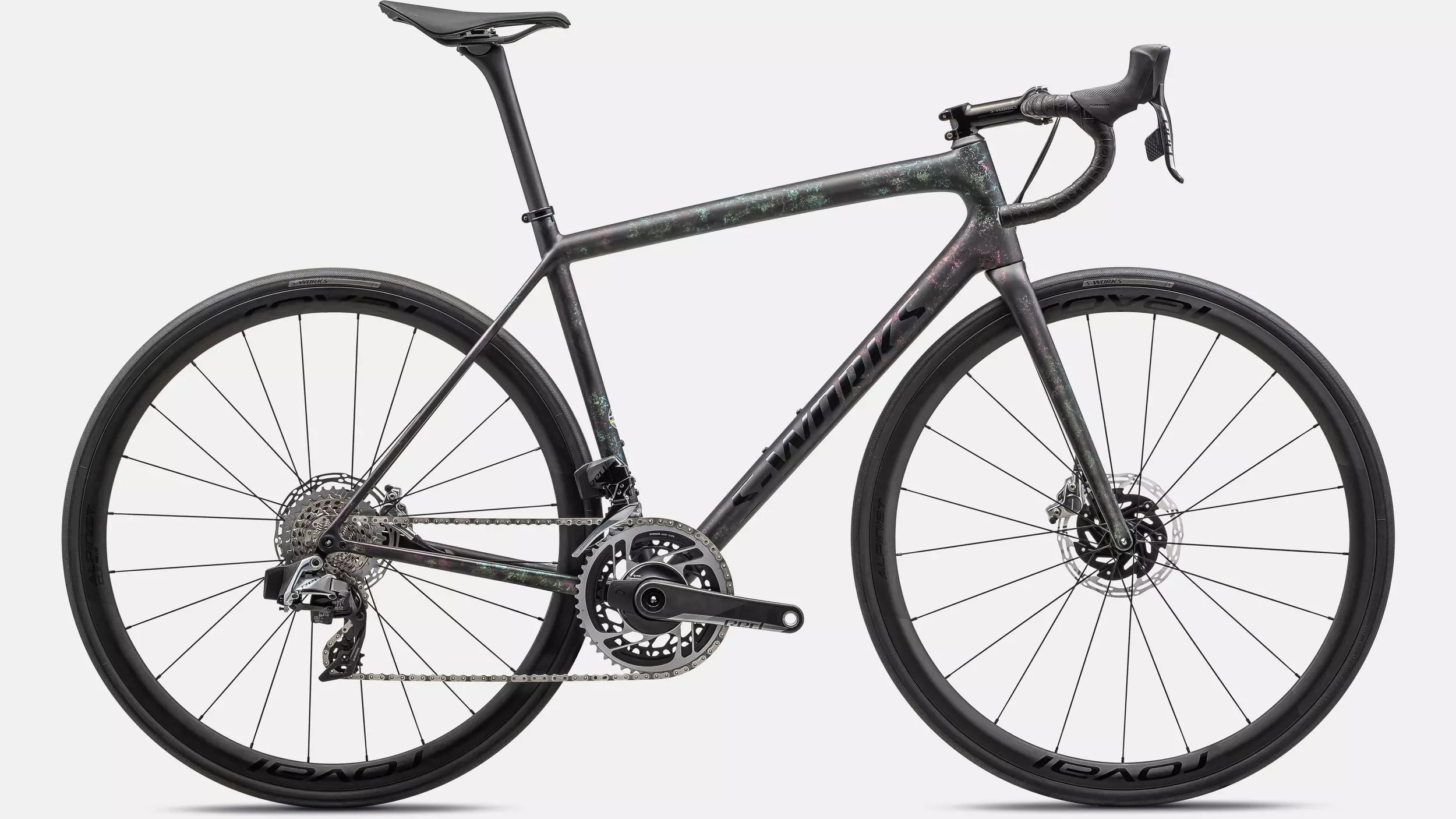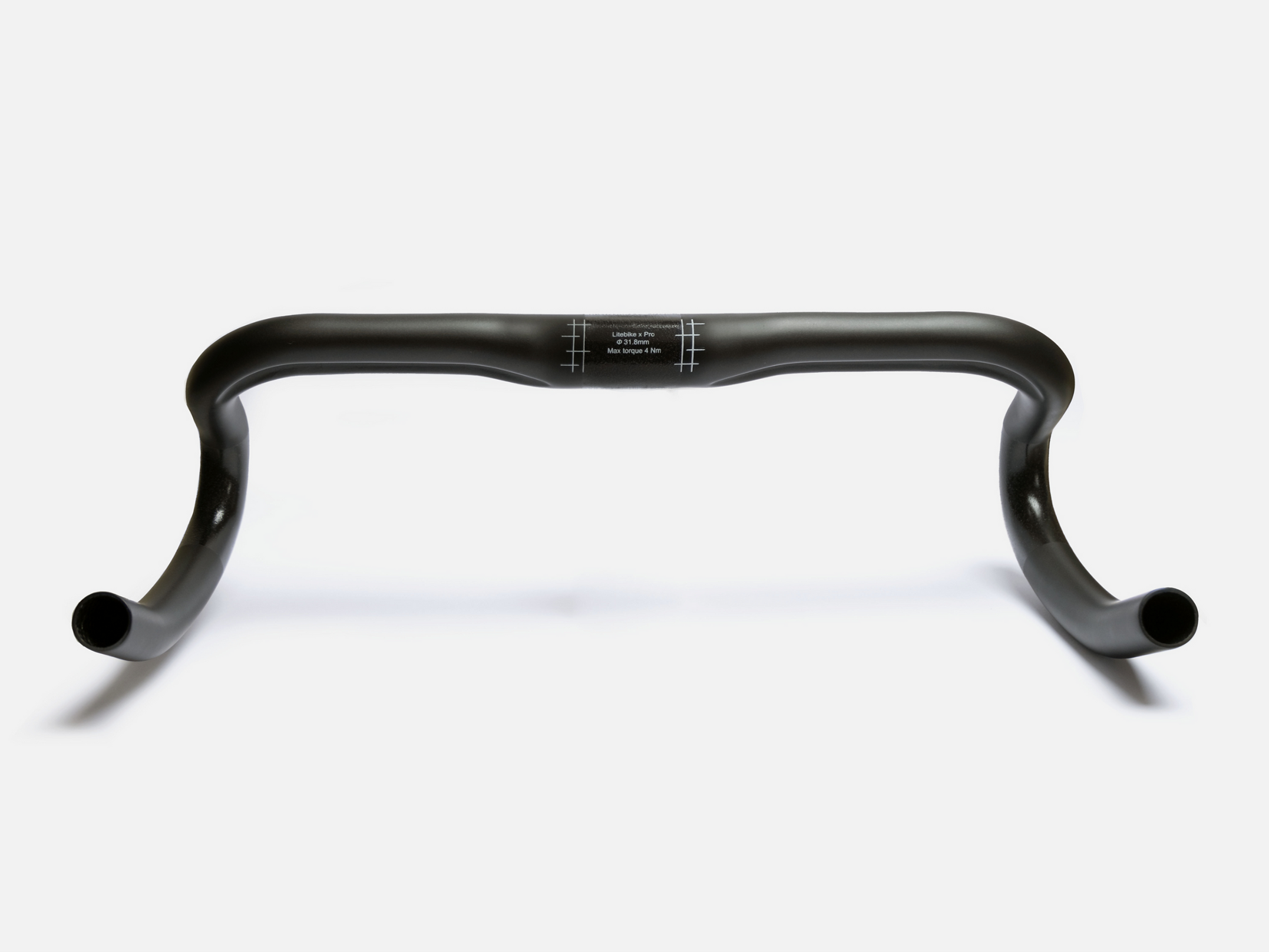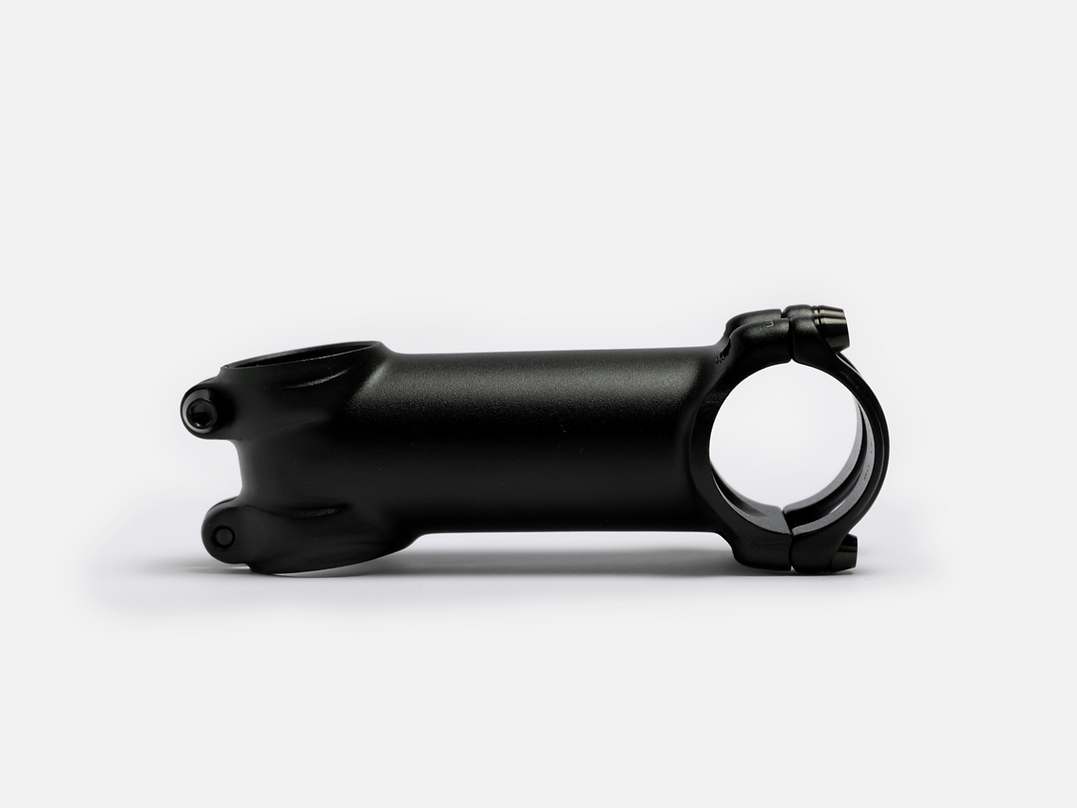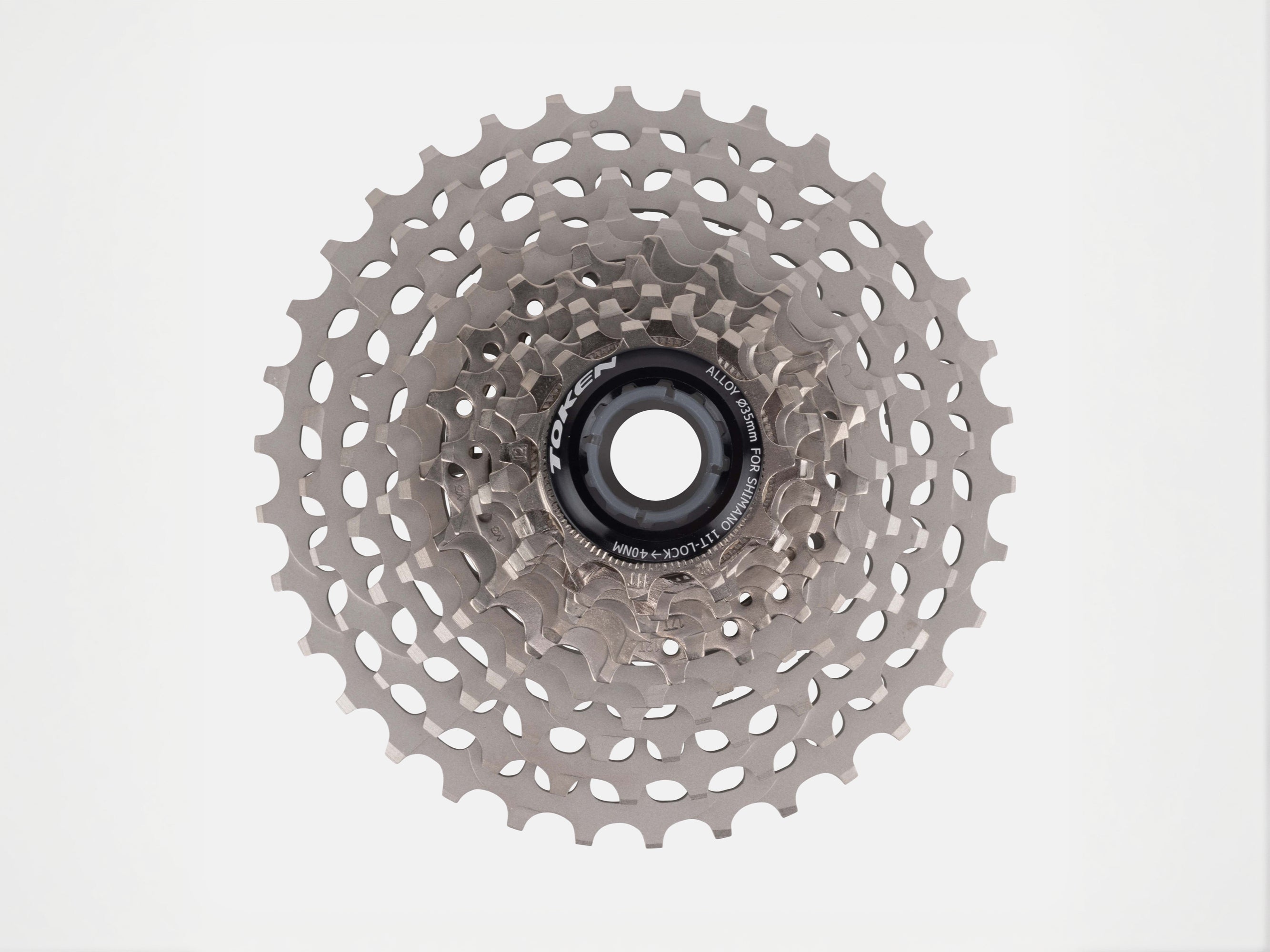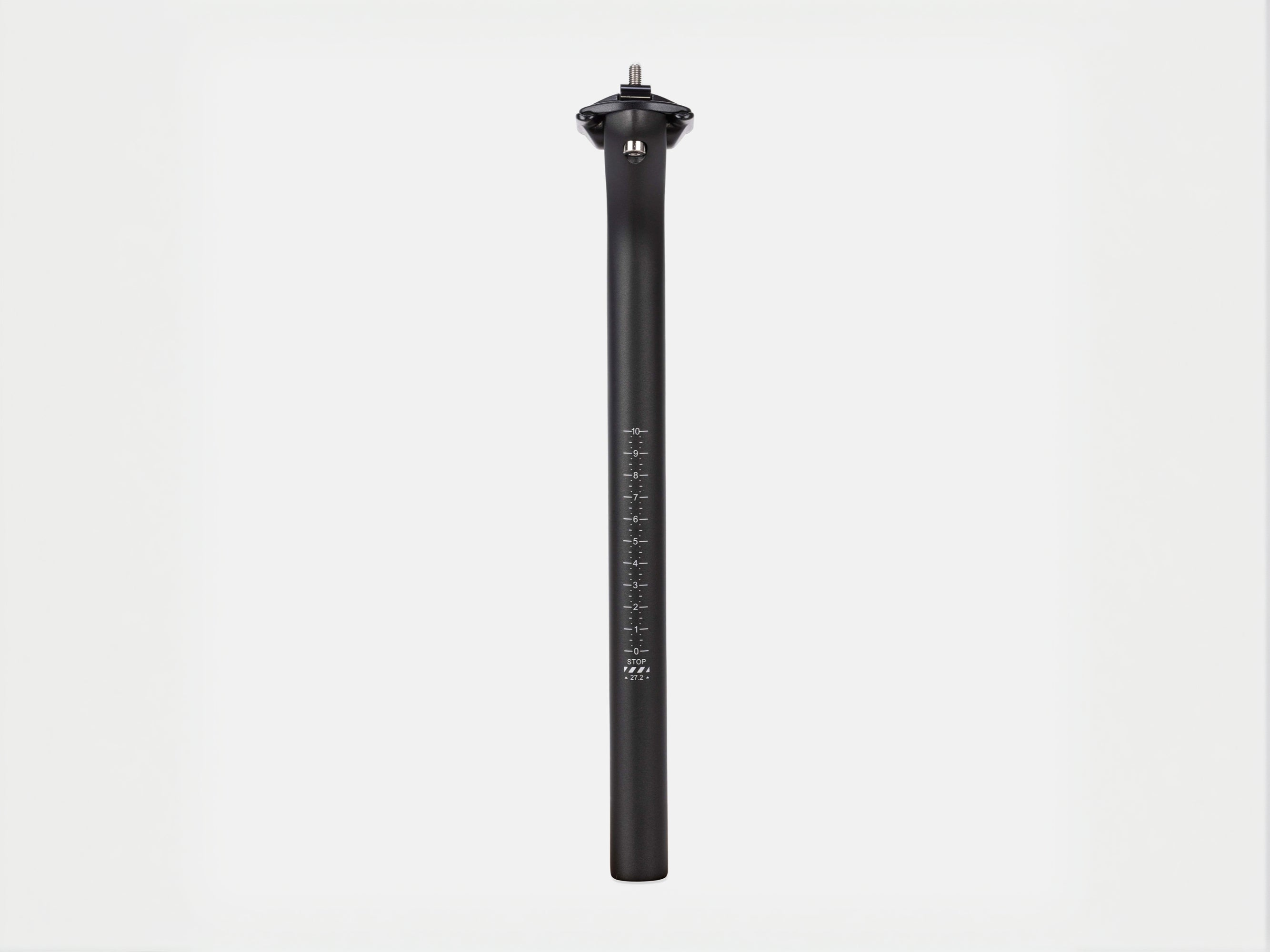Integrated carbon handlebars are becoming a must-have upgrade for performance-focused cyclists. But are they really worth the investment? We get asked this question a lot. In this article we explain what integrated carbon handlebars are, the benefits they offer, the scientific evidence behind their aerodynamic advantages, and how they compare to regular bar and stem setups so you can make an informed choice about what is right for you.
What Are Integrated Carbon Handlebars?
Integrated carbon handlebars combine the stem and handlebars into a single, seamless product made entirely from carbon fibre. Unlike traditional setups, where the stem clamps onto a round handlebar, integrated systems eliminate joints and overlapping material, creating a stiffer, lighter, and more aerodynamic front end.
Many modern road bikes now come equipped with integrated carbon handlebars as standard, especially in the aero and endurance categories. No doubt Tadej Pogačar will ride with integrated handlebars on his Colnago V4Rs.
We share the same drive for performance that leads riders to choose integrated carbon handlebars. Our products are designed to push the boundaries of cycling, using quality carbon fibre composites through our X Weave™ technology. We apply cutting-edge machining and moulding techniques, backed by rigorous testing protocols, to ensure every lightweight part delivers the precision, consistency, and aerodynamic performance serious riders demand.

What Are the Benefits of Integrated Carbon Handlebars?
Integrated carbon handlebars offer several benefits:
-
Aerodynamics. Wind tunnel testing and real-world studies show that integrated carbon handlebars significantly reduce aerodynamic drag. Computational Fluid Dynamics analysis showed that optimising handlebar position could reduce drag area by 8.5% (PubMed). These aerodynamic gains translate into real-world time savings and greater energy efficiency, especially at race speeds or over long distances.
-
Weight reduction. Integrated carbon handlebars typically save 50–150 grams compared to separate bar and stem combinations, helping improve climbing performance and acceleration.
-
Stiffness and handling. The single-piece carbon construction provides greater torsional stiffness, resulting in better sprinting, more direct steering feedback, and improved overall bike handling.
-
Clean aesthetics. For some, integrated carbon handlebars offer sleek, minimalist looks with fully hidden cables on Di2, enhancing both aerodynamics and visual appeal.
-
Comfort. Premium carbon layups can dampen road vibrations better than some aluminium or basic carbon setups, offering improved comfort over long rides.
Integrated Handlebars vs Regular Handlebars. Which ones are right for you?
Whether a pair of integrated handlebars, versus a more traditional set up, will come down to personal preference. In the table below we set out some features you might want to consider:
|
Feature |
Integrated Carbon Handlebars |
Regular Handlebars + Stem |
|
Aerodynamics |
Superior airflow, hidden cables |
Good but more drag due to exposed parts |
|
Weight |
Lighter by 50–150g |
Generally heavier due to separate components. However our world leading x Pro is 176 g Which you could combine with either our Aethyx carbon stem (150 g) or our UNO Kalloy x Litebike stem (90 g) |
|
Adjustability |
Limited — fixed dimensions |
High — adjustable stem and bar angles |
|
Vibration Damping |
Often better with high-end carbon layups |
Varies depending on material quality |
|
Cost |
Higher initial investment |
Generally more affordable |
|
Maintenance |
Harder — internal cabling is more complex |
Easier to service or replace individually |
|
Frame Compatibility |
Requires frame with internal cable routing |
Universal fit across bikes |
Other factors. Considerations Before Upgrading to Integrated Carbon Handlebars
-
Fit. Integrated handlebars have fixed stem lengths and bar widths, so it’s important to be confident in your bike fit before upgrading.
-
Frame compatibility. Some bikes are not compatible with fully internal routing or proprietary stem systems.
-
Cost and repairs. Integrated carbon handlebars can be expensive, and replacing a damaged unit is costlier than swapping a stem or handlebar separately.
Conclusion: Are Integrated Carbon Handlebars Worth It?
Integrated carbon handlebars offer proven aerodynamic advantages, weight savings, improved stiffness, and cleaner aesthetics. If you are looking for tangible performance improvements and are confident in your fit, upgrading to integrated carbon handlebars is a smart investment.
We've built the Litebike Onyx integrated aero carbon handlebars for speed and precision. Crafted from our X Weave™ carbon fibre, the Onyx handlebars combine lightness, durability and stiffness with a fully integrated design for seamless performance.
Our project with Litebike is to push the boundaries of cycling technology. Our debut products have been built using our unique X Weave™ method for layering carbon fibre which makes them both exceptionally lightweight yet extremely durable. Each of our parts has gone through a meticulous design, engineering and manufacturing process and has been tried and tested over thousands of miles by our growing team of cyclists.


